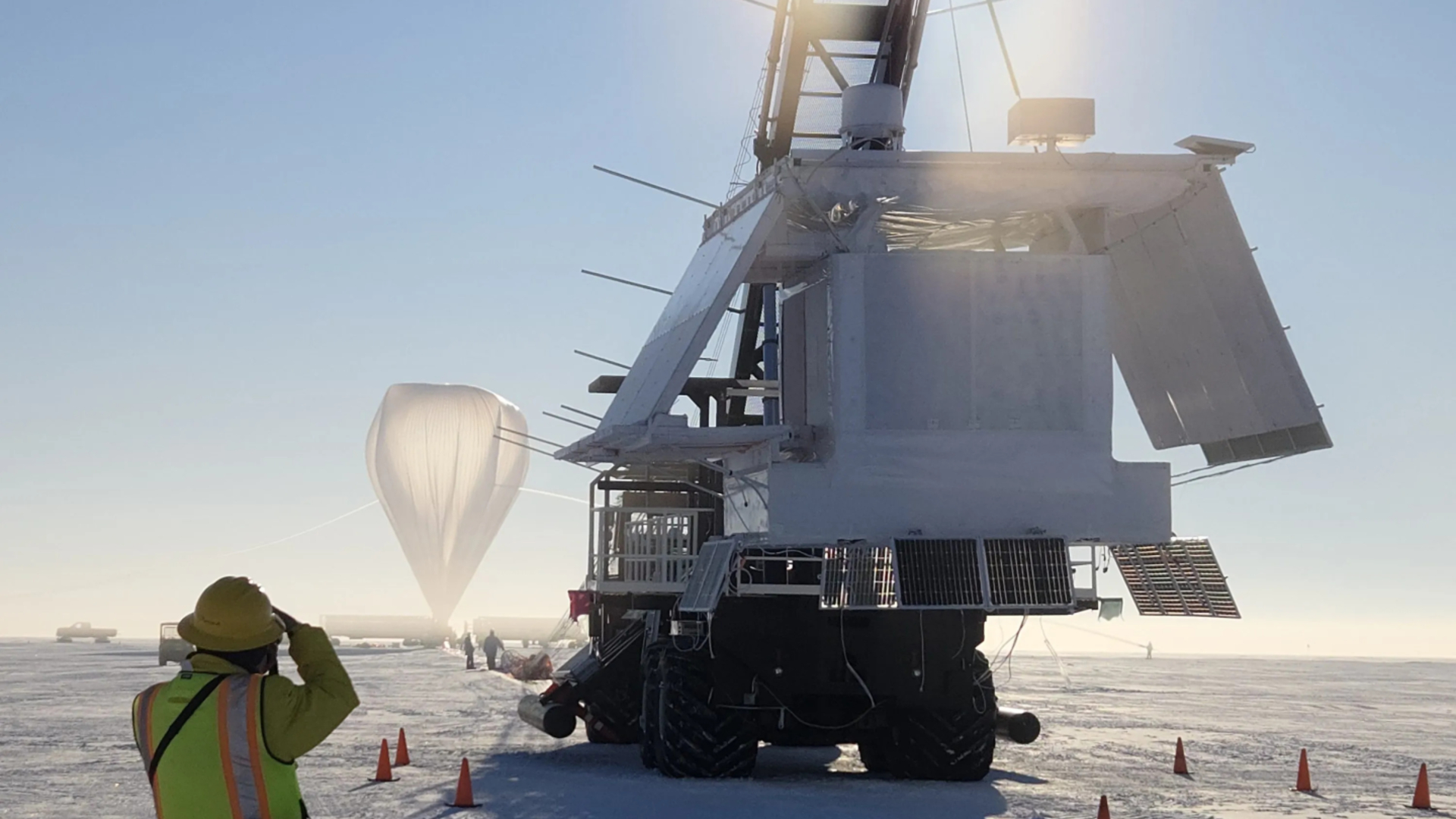Latest about Galaxies
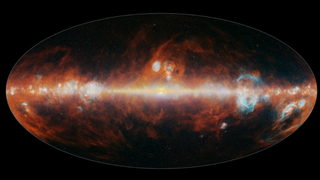
NASA's SPHEREx telescope completes its 1st cosmic map of the entire sky and it's stunning!
By Robert Lea published
"I think every astronomer is going to find something of value here, as NASA's missions enable the world to answer fundamental questions about how the universe got its start, and how it changed to eventually create a home for us in it."
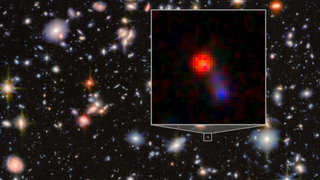
James Webb Space Telescope watches 'Jekyll and Hyde' galaxy shapeshift into a cosmic monster
By Robert Lea published
"Virgil has two personalities, its 'good' side – a typical young galaxy quietly forming stars. But Virgil transforms into the host of a heavily obscured supermassive black hole, pouring out immense quantities of energy."
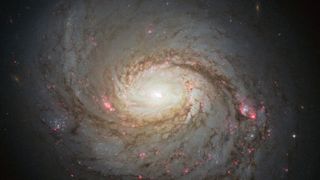
Galaxy quest: A galaxy-themed trivia quiz
By Kenna Hughes-Castleberry published
Dive into the dazzling depths of the universe with this galaxy-themed trivia quiz that spans cosmic facts, mysterious phenomena, and the wild wonders of deep space.
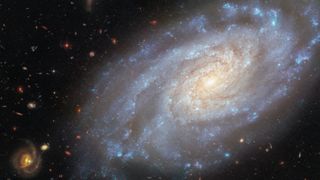
Hubble sees spiral galaxy in Lion's heart | Space photo of the day for Nov. 4, 2025
By Kenna Hughes-Castleberry published
The European Space Agency and NASA's Hubble Space Telescope recently visited the spiral galaxy NGC 3370
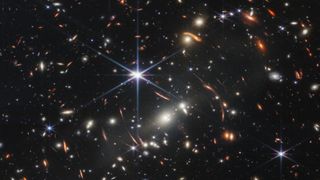
Our universe's oldest galaxies were hot messes
By Kiona N. Smith published
A new study used the James Webb Space Telescope to study how our universe's first galaxies were.
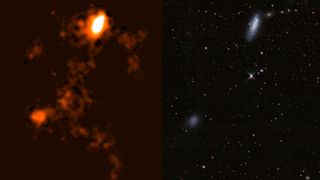
These 2 galaxies are falling into the Virgo Cluster at a staggering rate of 547 miles per second
By Keith Cooper published
Two galaxies connected by a bridge of hydrogen gas are falling into the Virgo Cluster.
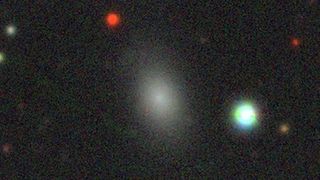
Astronomers discover rare 'runaway' dwarf galaxy hiding a violent past
By Sharmila Kuthunur published
The discovery of a rare runaway galaxy suggests some isolated systems were shaped by past group interactions before being flung into solitude.
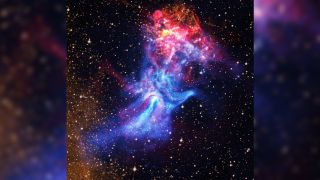
Supernova blast sculpts ghostly hand-shaped nebula in the cosmos (video)
By Samantha Mathewson published
An image from NASA's Chandra X-ray observatory shows a glowing hand stretching across the cosmos with its palm and fingers sculpted from the wreckage of a massive stellar explosion.

Pair of colliding galaxies may hint at the fate of the Milky Way and its closest galactic neighbor
By Keith Cooper published
The impending merger of the two galaxies hints at what might be in store for the Milky Way and the Andromeda galaxy if and when they collide.
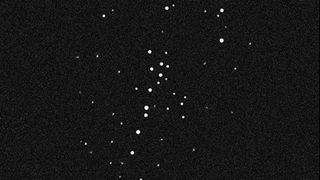
The Milky Way's faintest satellite may not be what astronomers thought. 'These results solve a major mystery in astrophysics'
By Samantha Mathewson published
A distant galaxy nicknamed "Cosmic Grapes" is bursting with massive star-forming clumps — far more than expected — offering fresh clues about how galaxies grew in the early universe.
Breaking space news, the latest updates on rocket launches, skywatching events and more!
